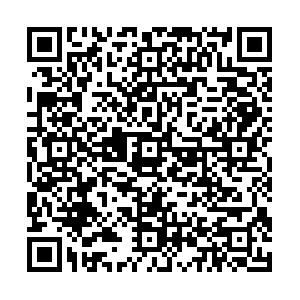摘要:
研究外卖快餐和碳酸饮料共同消费与中国青少年抑郁症状的关联,为减少青少年抑郁的发生提供参考.方法 采用横断面研究的方法,从中国4个省32所中学抽样调查14 500名中学生,使用儿童抑郁量表评估抑郁症状,使用自我报告的饮食频率调查表评估外卖快餐和碳酸饮料的消费情况.结果 青少年抑郁症状检出率为27.26%(3 952/14 500).最近1周低频次(1~2次)、中频次(3~4次)和高频次(5次及以上)的外卖快餐(aOR值分别为1.12,1.73,1.56,P值均<0.05)和碳酸饮料(aOR值分别为1.64,2.17,3.54,P值均<0.01)消费均与青少年抑郁症状呈正相关,且有剂量反应关系(P值均<0.01).同时,外卖快餐和碳酸饮料具有正向相加的交互作用(aOR=2.46,P<0.01),交互作用的相对超额危险度为0.45(0.12~0.77),归因比为0.18(0.06~0.30),交互作用指数为1.44(1.10~1.89).结论 外卖快餐和碳酸饮料共同消费与中国青少年抑郁症状关联,二者具有协同作用.
关键词:
-
抑郁 /
-
饮食习惯 /
-
回归分析 /
-
青少年
Abstract:
Objective To explore the association between co-consumption of takeaway fast foods and sodas with depressive symptoms among Chinese adolescents, and to provide a reference for reducing the occurence of depression among adolescents. Methods A multi-center population-based survey was conducted in 32 schools in 4 provinces across China. A total of 14 500 adolescents completed eligible questionnaires. Depressive symptoms were assessed by using Children's Depression Inventory (CDI), while consumption of takeaway fast foods and sodas was collected using the semi-quantitative Food Frequency Questionnaire (FFQ). Results 27.26% (3 952/14 500) of adolescents were reported of depressive symptoms. The low-, middle-, and high-frequency consumption of takeaway fast foods (aOR=1.12, 1.73, 1.56, P<0.05) and sodas (aOR=1.64, 2.17, 3.54, P<0.01) were associated with depressive symptoms, and dose-response relationships were observed in all association (P<0.01). Meanwhile, positive additive interactions were observed in the association (aOR=2.46, P<0.01). The relative excess risk, attribution ratio and the interaction index of synergy was 0.45 (0.12-0.77), 0.18 (0.06-0.30) and 1.44 (1.10-1.89), respectively. Conclusion Co-consumption of takeaway fast foods and sodas significantly associates with depressive symptoms by synergistic effect among Chinese adolescents.

 点击查看大图
点击查看大图





 下载:
下载: